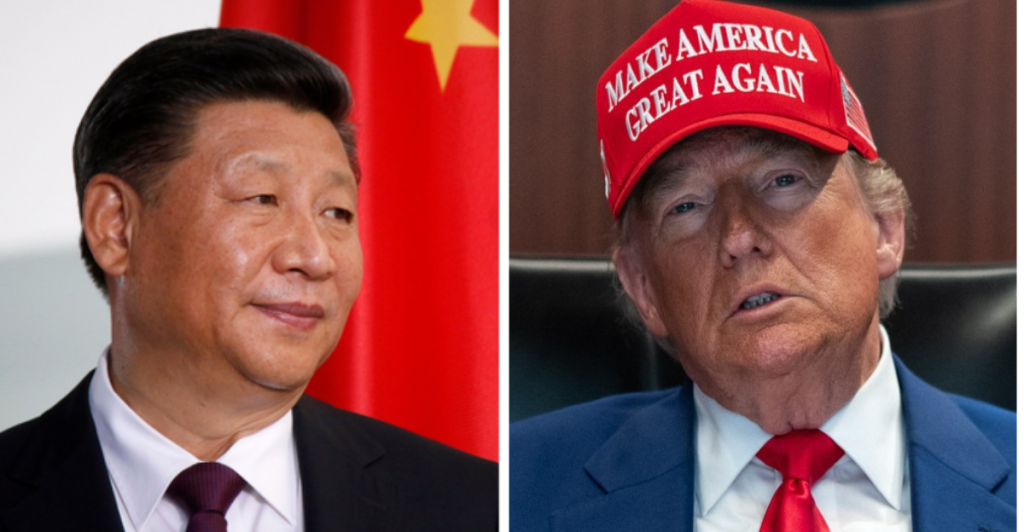Airspace clash deepens U.S.–China trade tensions.
Others are reading now
Airspace clash deepens U.S.–China trade tensions
Trump’s new proposal reignites aviation tensions
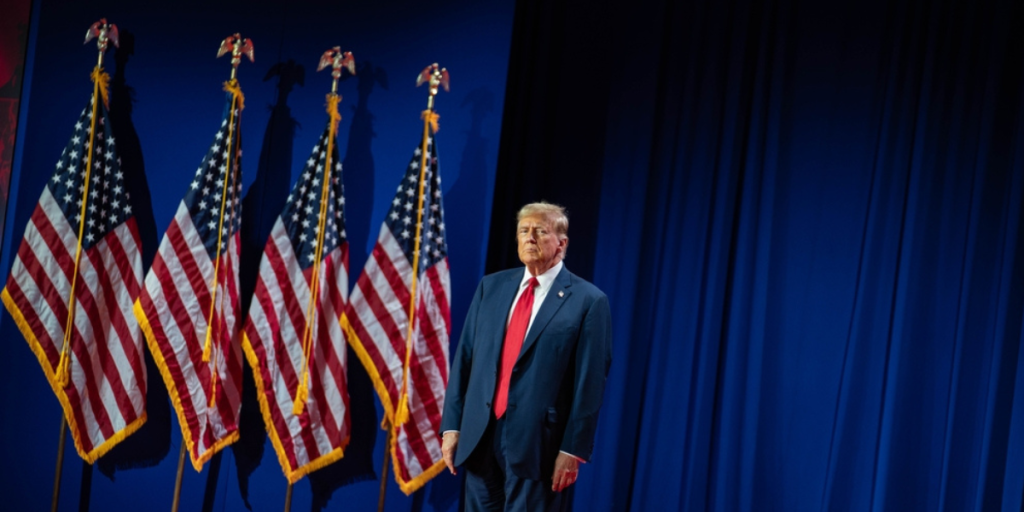
According to the newspaer Reuters the Trump administration has unveiled a proposal to ban Chinese airlines from flying over Russian airspace on routes to and from the United States.
The move aims to eliminate what U.S. officials describe as an unfair advantage for Chinese carriers, which currently benefit from shorter flight times and lower fuel costs. The decision marks a fresh flashpoint in the ongoing U.S.–China trade dispute.
The roots of the airspace divide
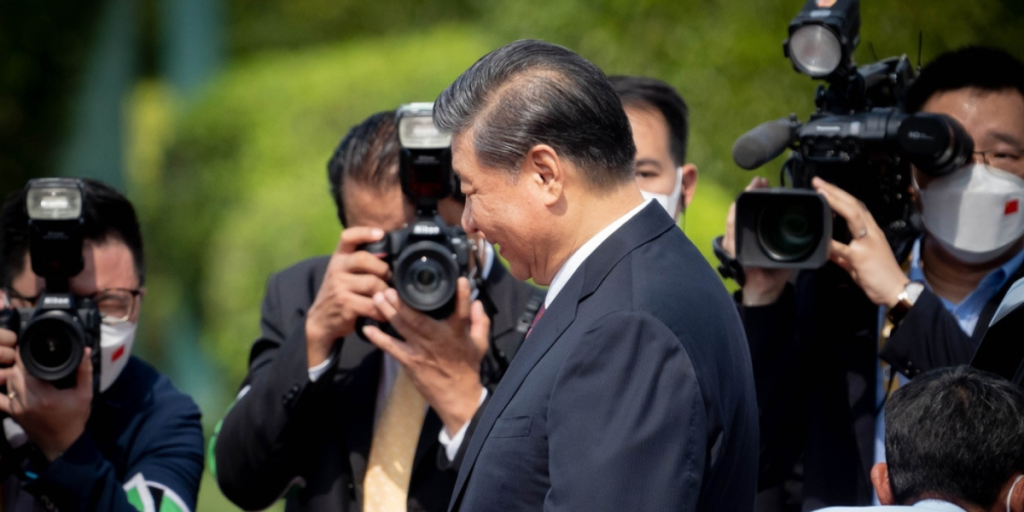
Since Russia’s invasion of Ukraine in 2022, Moscow has banned U.S. and most Western carriers from using its airspace in retaliation for Washington’s restrictions on Russian flights.
Chinese airlines, however, were never included in those bans — giving them a strategic edge on transpacific routes where minutes and miles translate directly into costs and competitiveness.
Also read
U.S. airlines push back over “unfair” competition
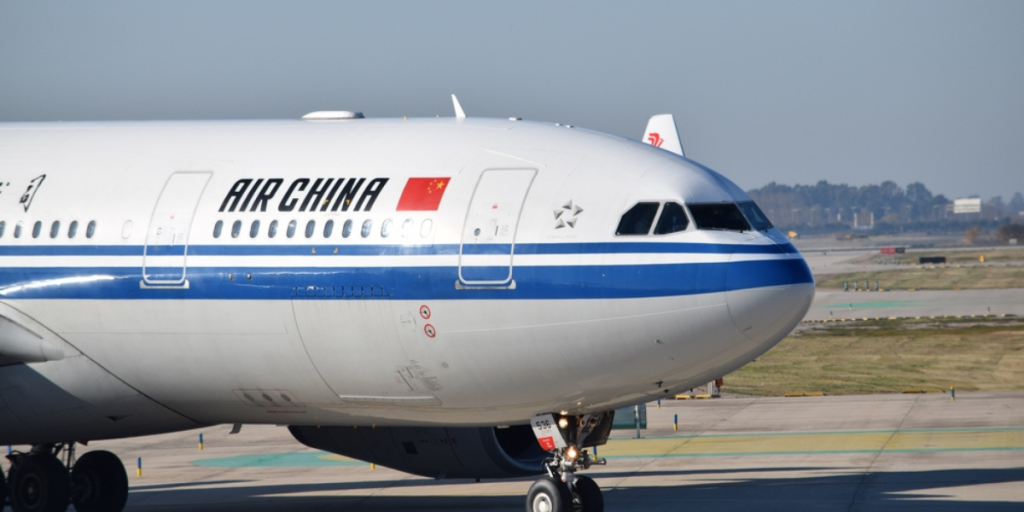
Major U.S. carriers — including American Airlines, Delta, and United — have long argued that the current arrangement tilts the playing field.
With Chinese airlines cutting hours off their journeys by overflying Russia, American carriers face longer flight paths, higher fuel expenses, and sometimes even the need to limit passengers or cargo to make the routes viable.
Details of the proposed ban
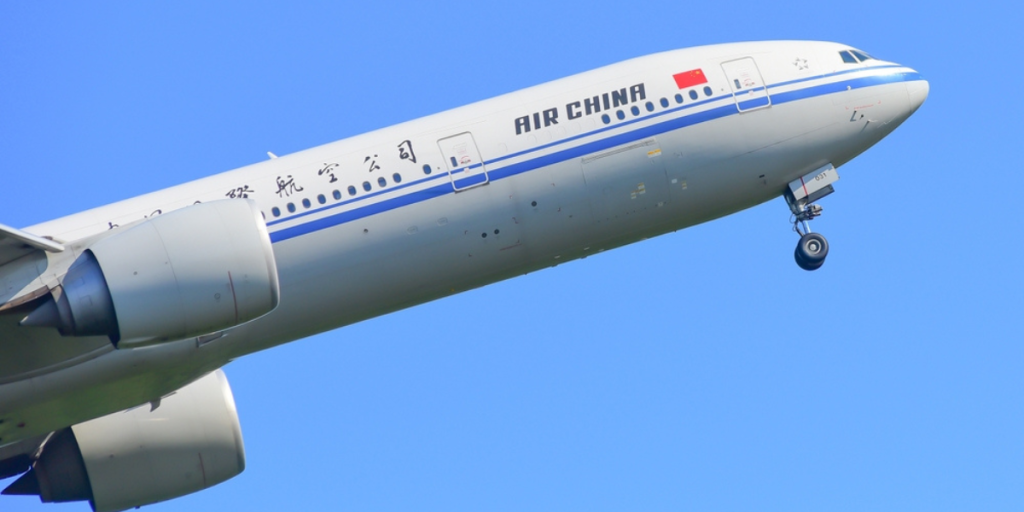
The U.S. Department of Transportation’s order would apply the same overflight restrictions to Chinese passenger carriers that U.S. airlines already face.
However, it notably excludes cargo-only flights. The proposal targets major state-owned carriers such as Air China, China Eastern, China Southern, and Xiamen Airlines.
Market and industry reactions

Shares in China’s three biggest airlines dipped slightly following the announcement, reflecting investor concern over potential route disruptions.
Also read
According to Reuters Air China fell 1.3%, China Southern 1.8%, and China Eastern 0.3%. The airlines, all state-owned, have struggled to recover from pandemic-era losses, reporting five consecutive years of red ink.
Silence from Beijing and industry groups

Neither China’s aviation regulator nor the Chinese embassy in Washington offered an immediate comment on the proposal.
Airlines for America, which represents the major U.S. carriers, also withheld comment. The lack of public response hints at ongoing diplomatic consultations behind the scenes.
A backdrop of rising trade tensions
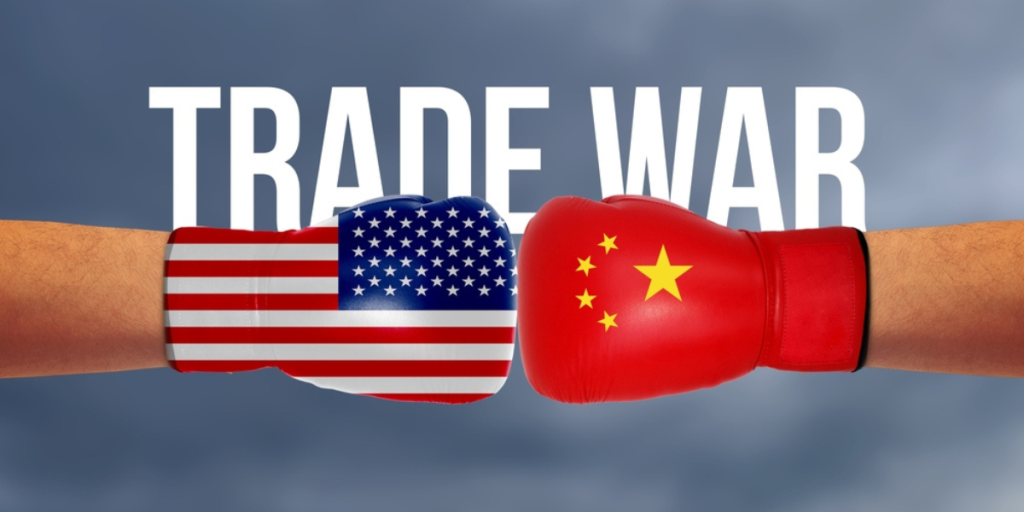
The timing of the move coincides with renewed economic friction between Washington and Beijing. Just days earlier, China tightened controls on rare earth exports — a sector critical to U.S. technology and defense industries.
The aviation dispute adds another layer to a trade relationship already strained by tariffs, sanctions, and technology bans.
Also read
Boeing’s high-stakes negotiations
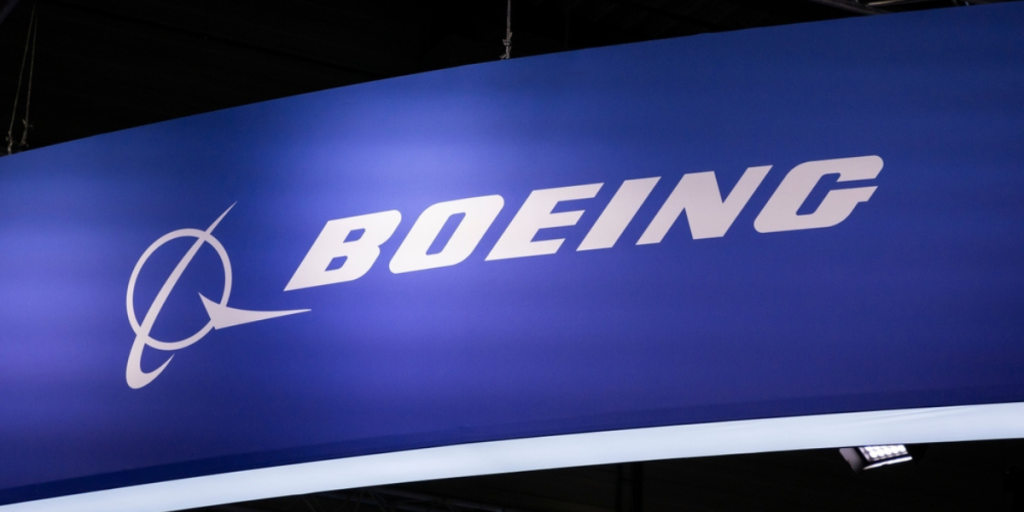
Amid the tension, Boeing is in talks to sell up to 500 aircraft to China — a deal that could reshape its fortunes in the world’s second-largest aviation market.
The outcome of those negotiations could be influenced by how the current dispute over airspace access unfolds in the coming weeks.
What happens next
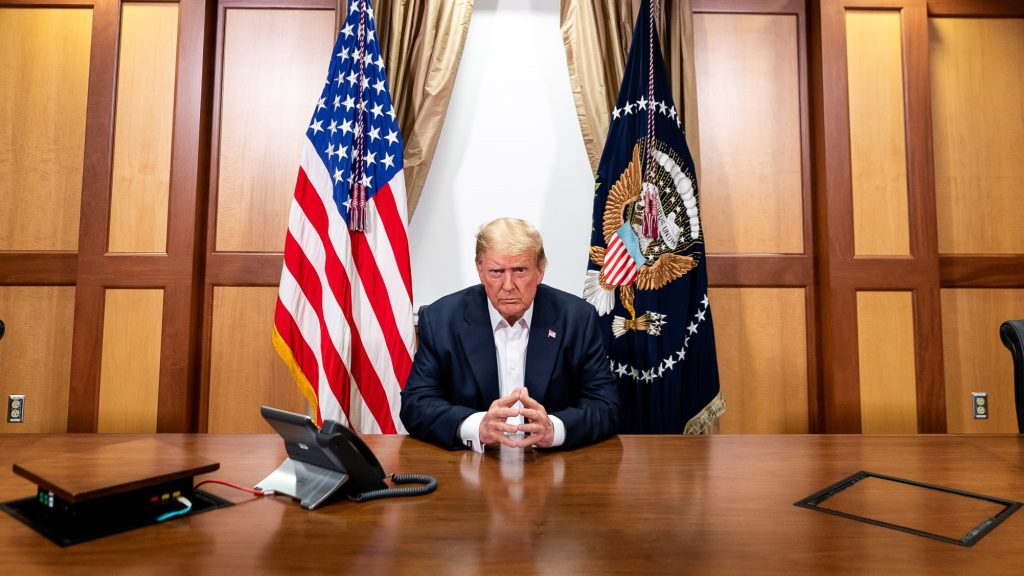
Chinese carriers have been given just two days to respond to the U.S. proposal. A final order could take effect as early as November, according to the Transportation Department.
The timing is significant, with President Trump expected to meet Chinese President Xi Jinping later this month in South Korea, where the issue may feature prominently.
Also read
A high-altitude symbol of broader rivalry
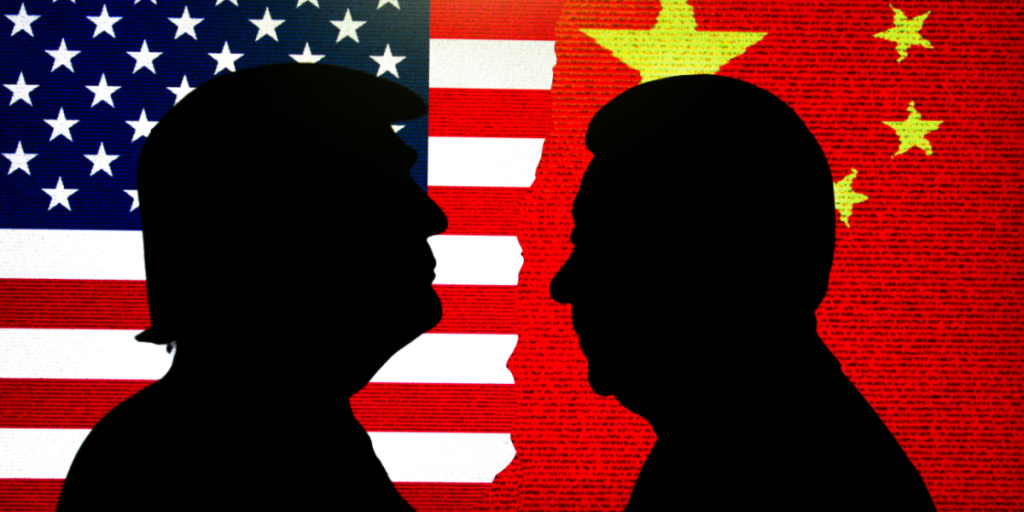
At its core, the overflight dispute represents far more than aviation logistics. It’s another stage in the broader contest between the U.S. and China over trade, technology, and global influence.
Whether the skies between the two nations become more open or more restricted could soon signal the trajectory of their wider relationship.

